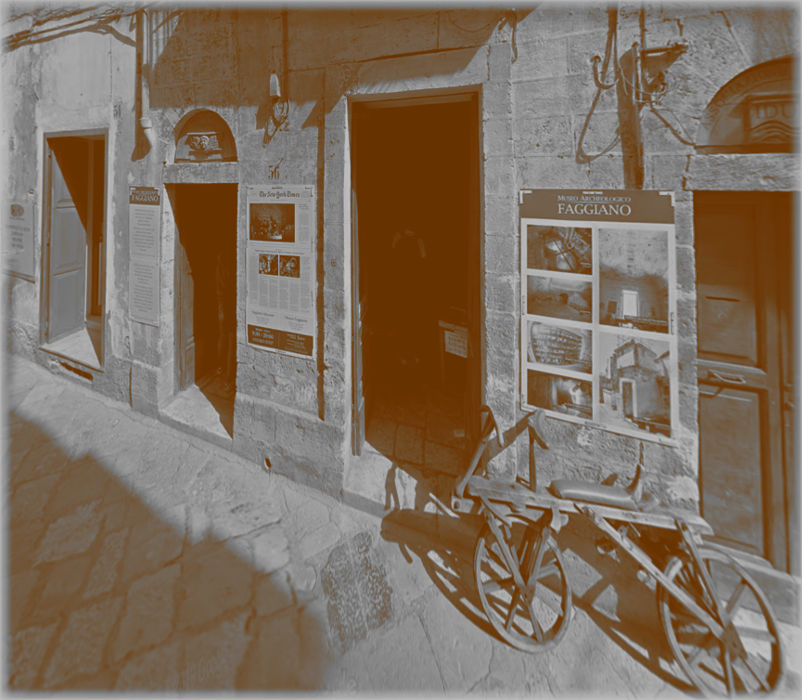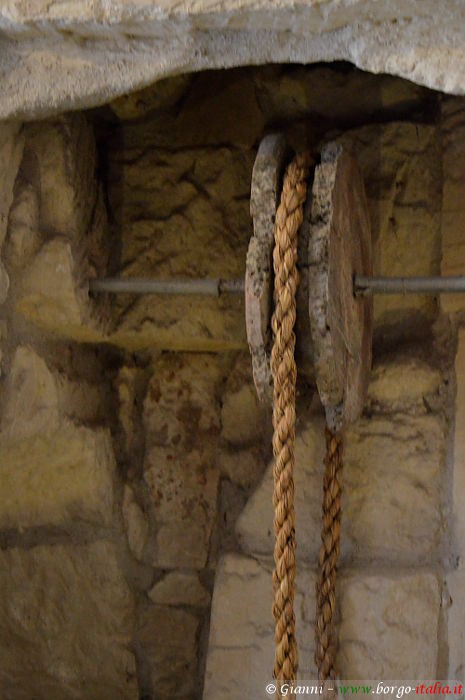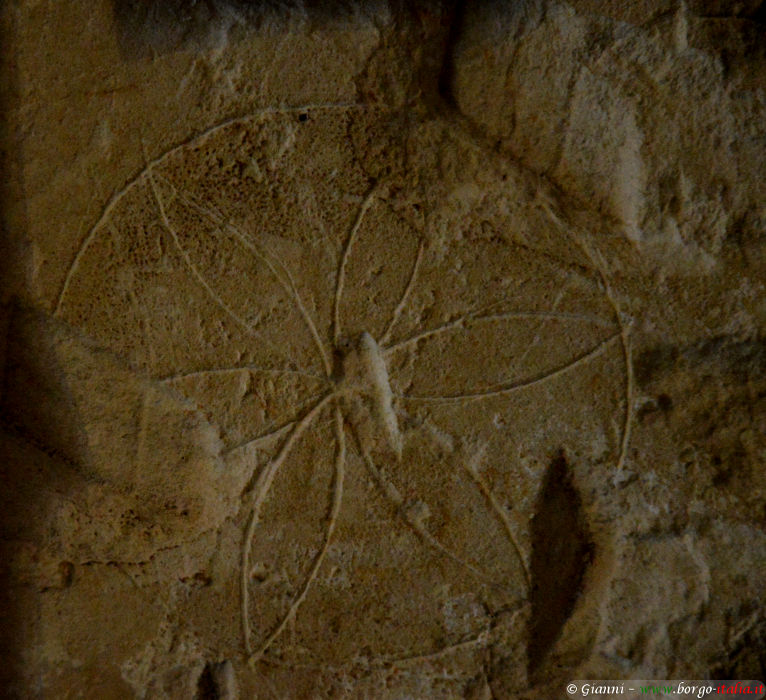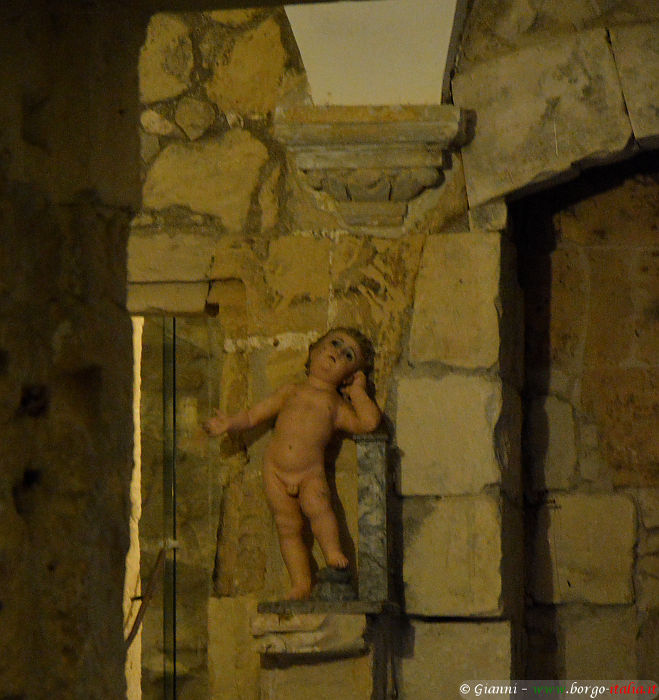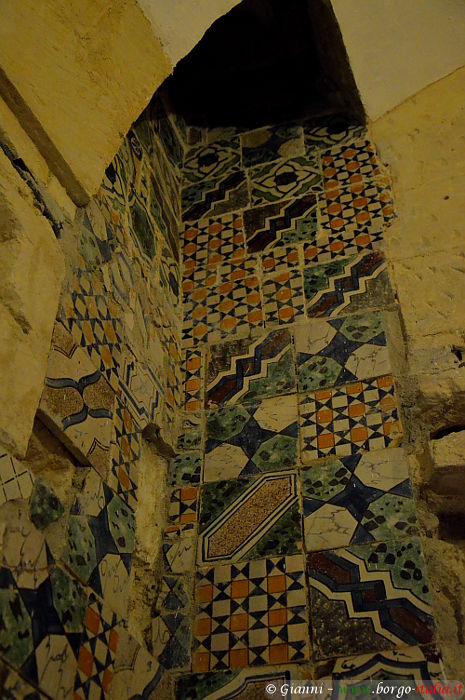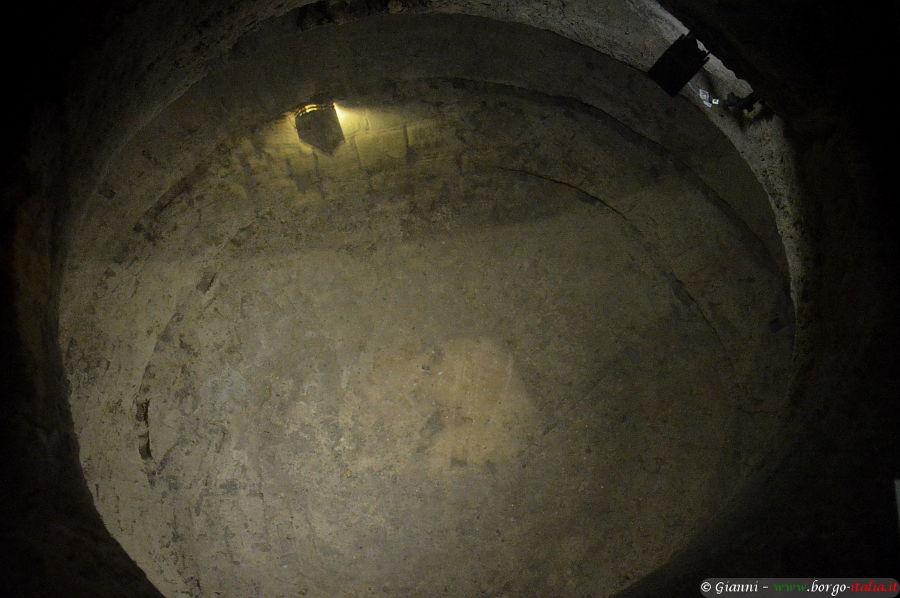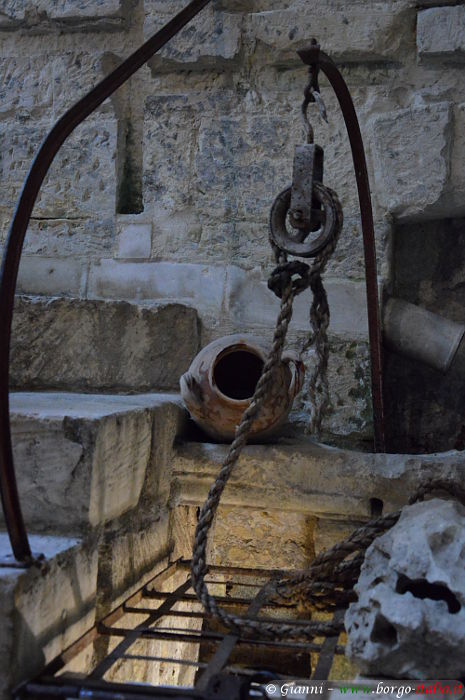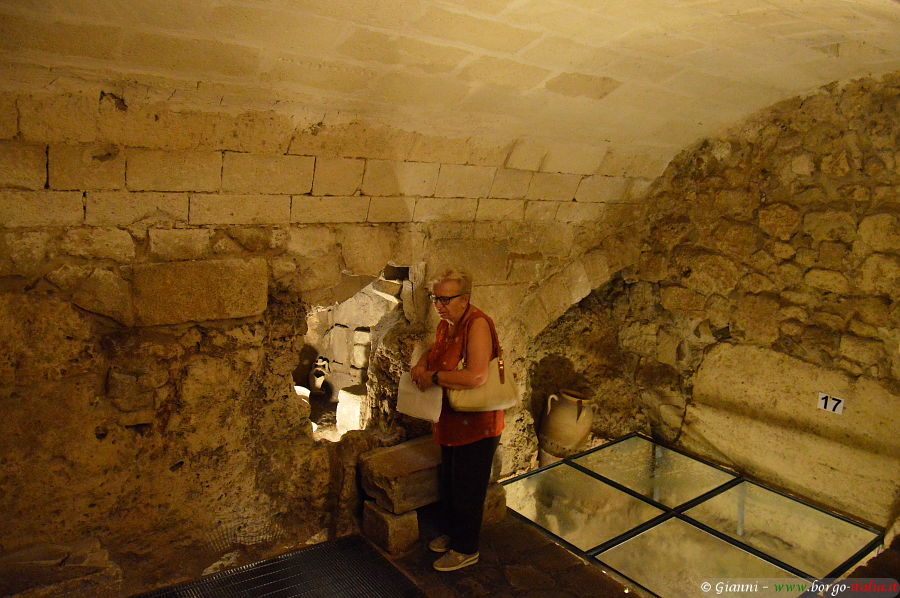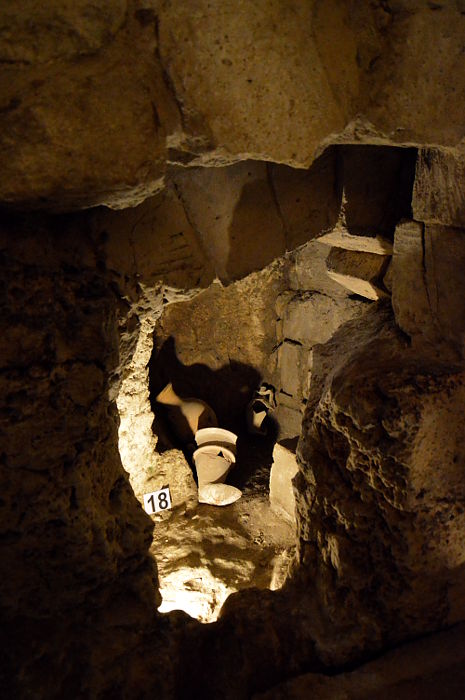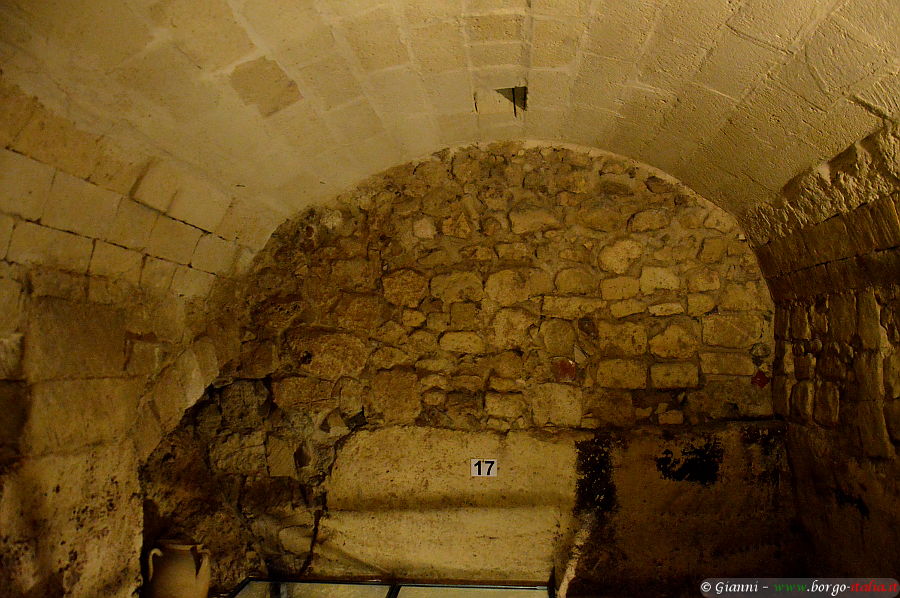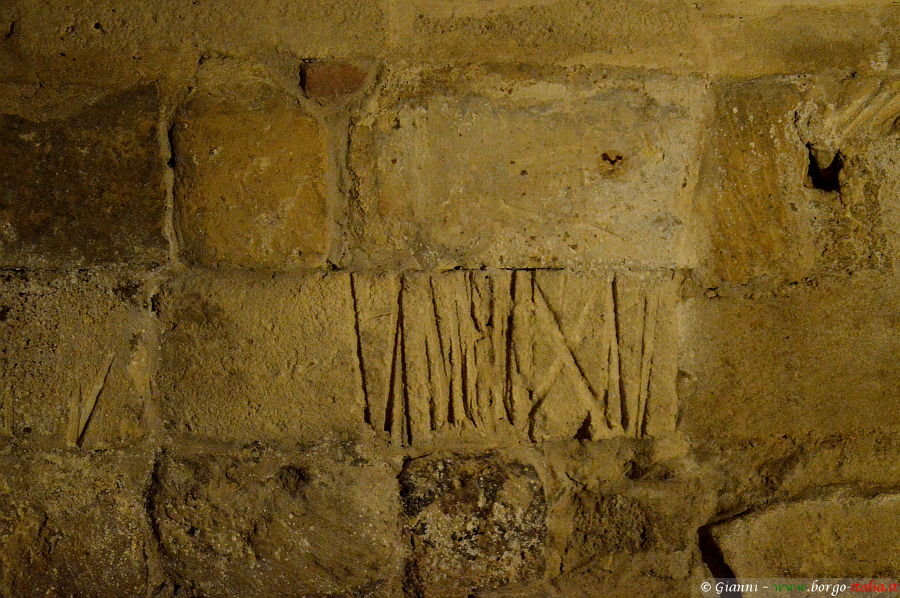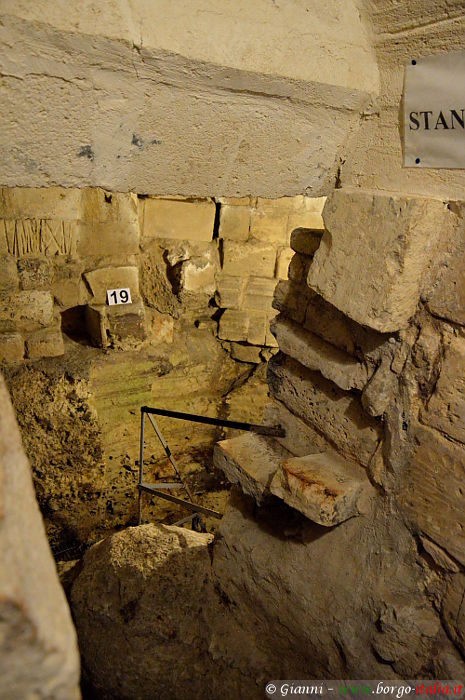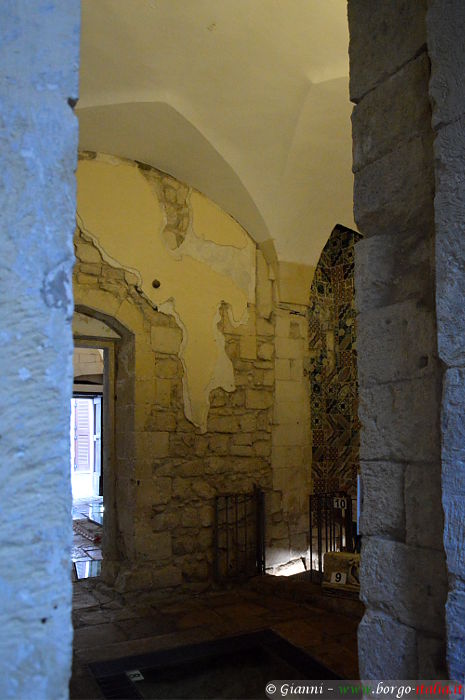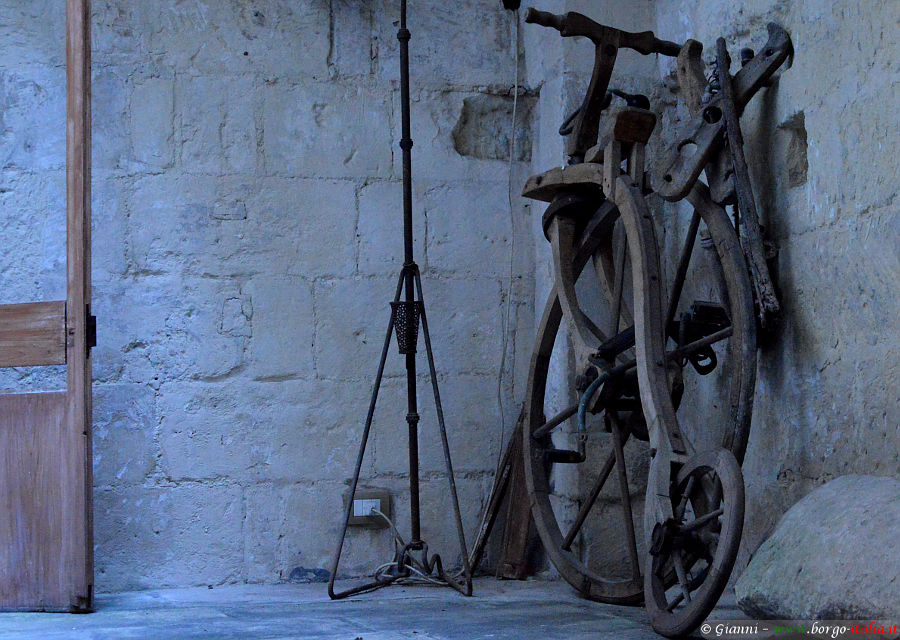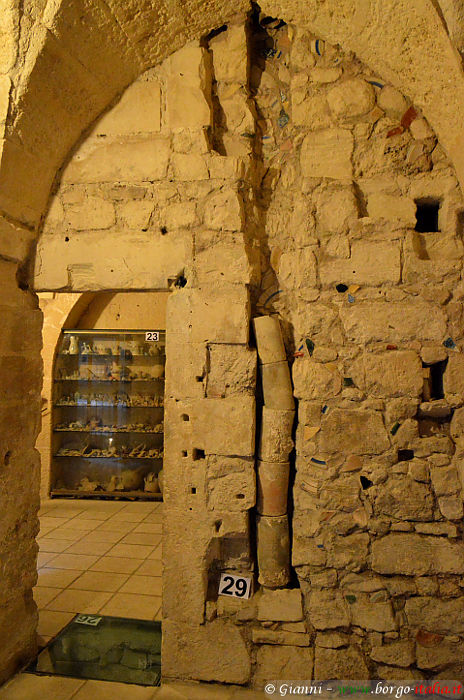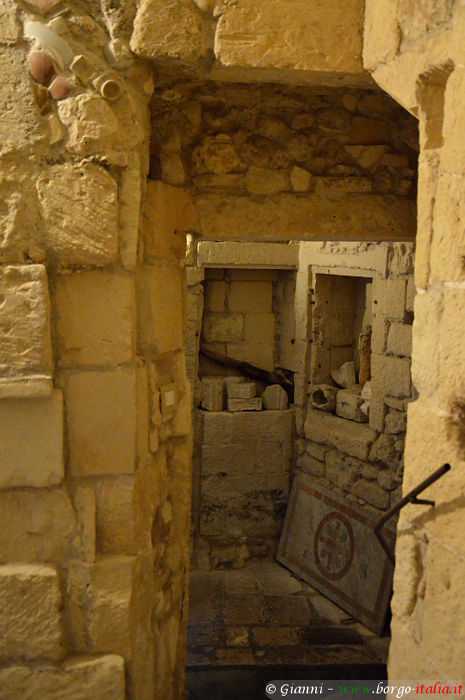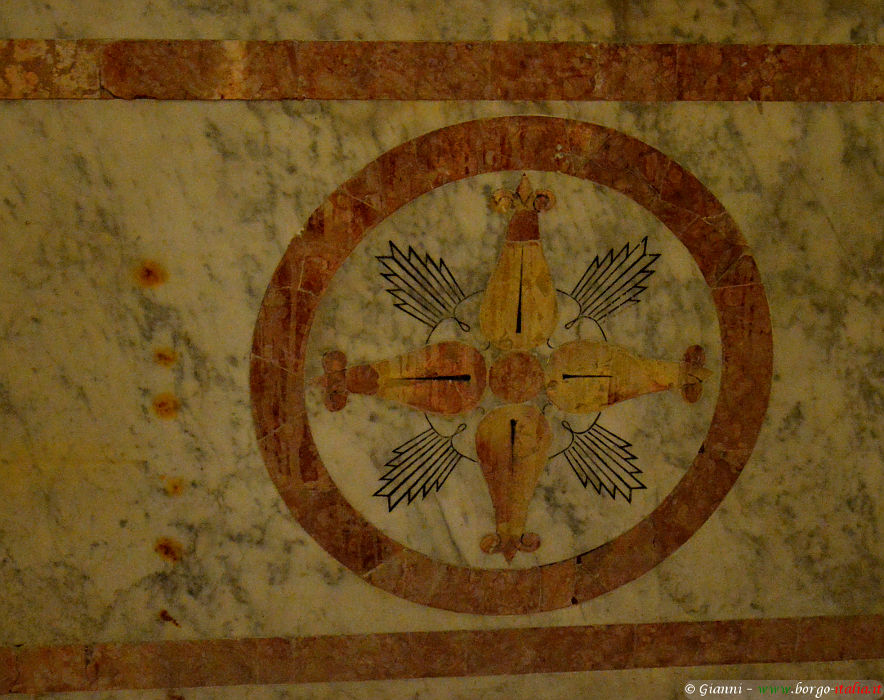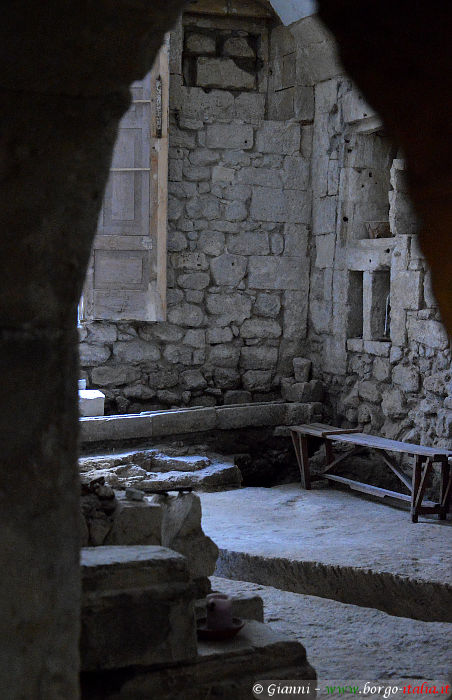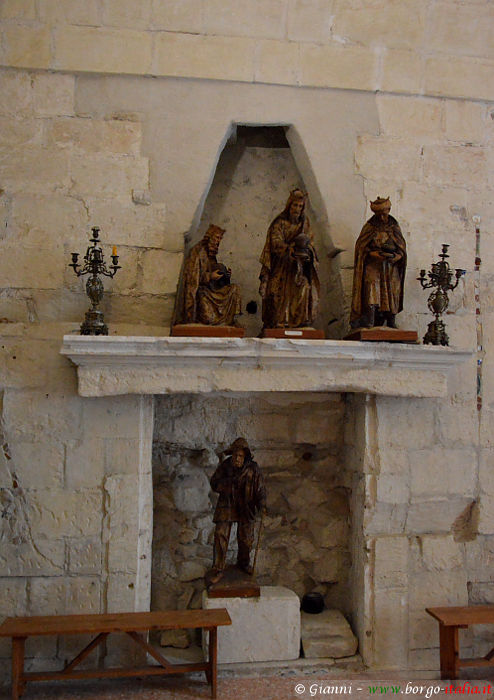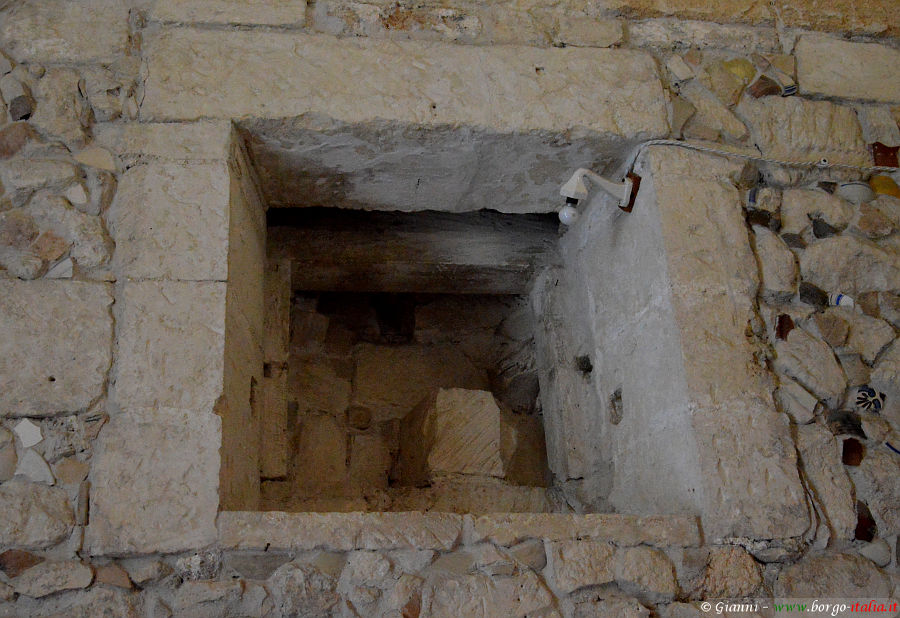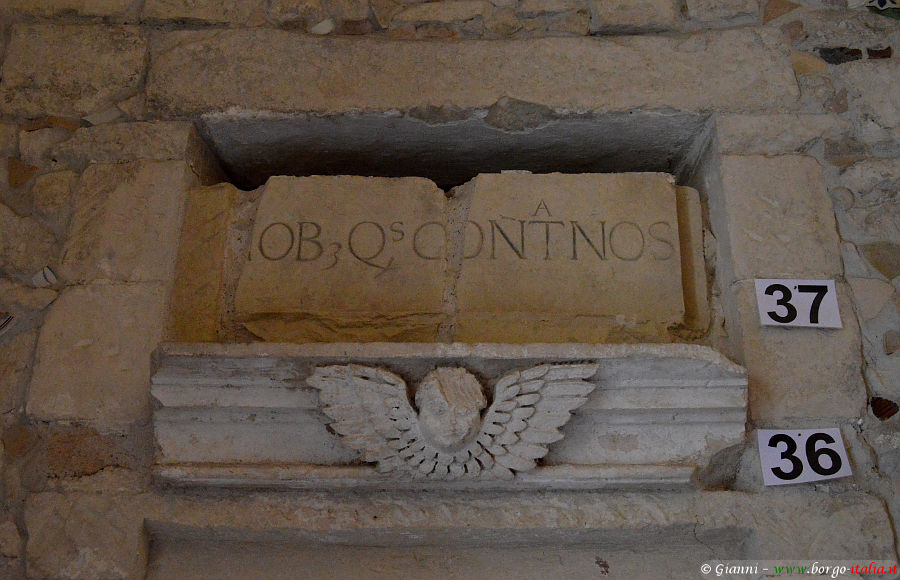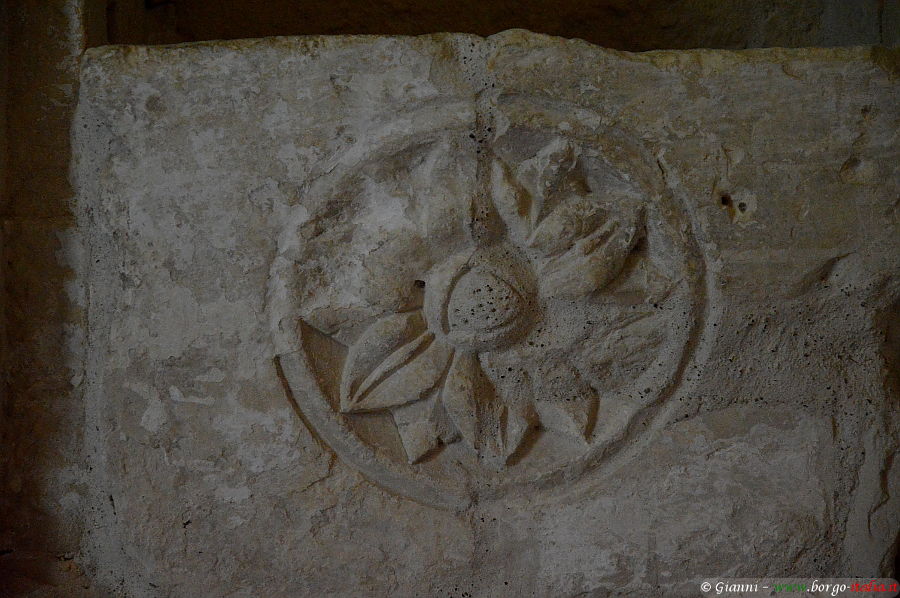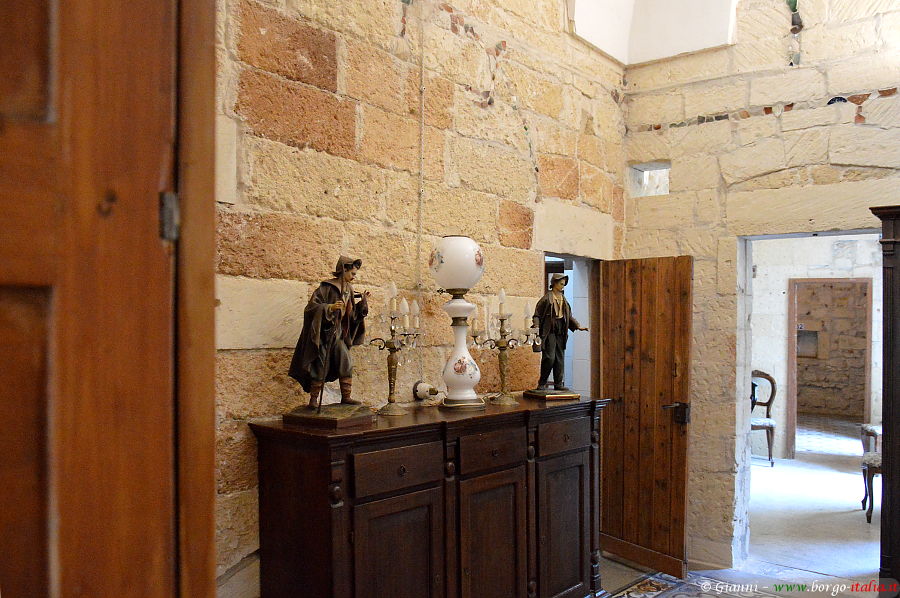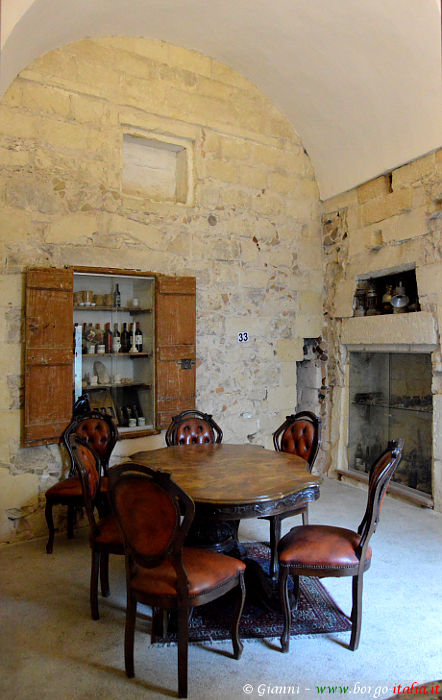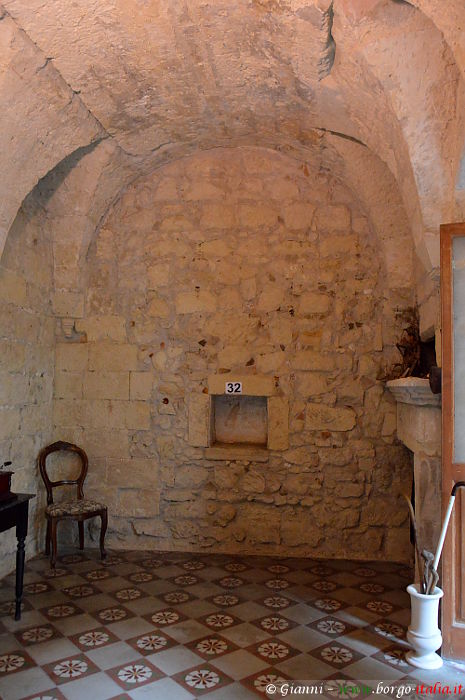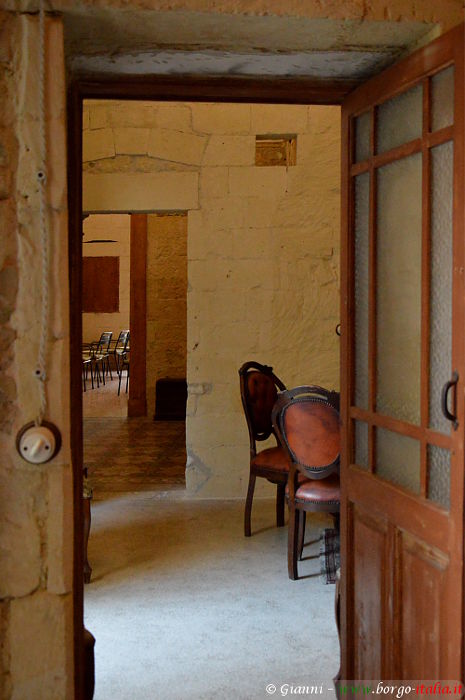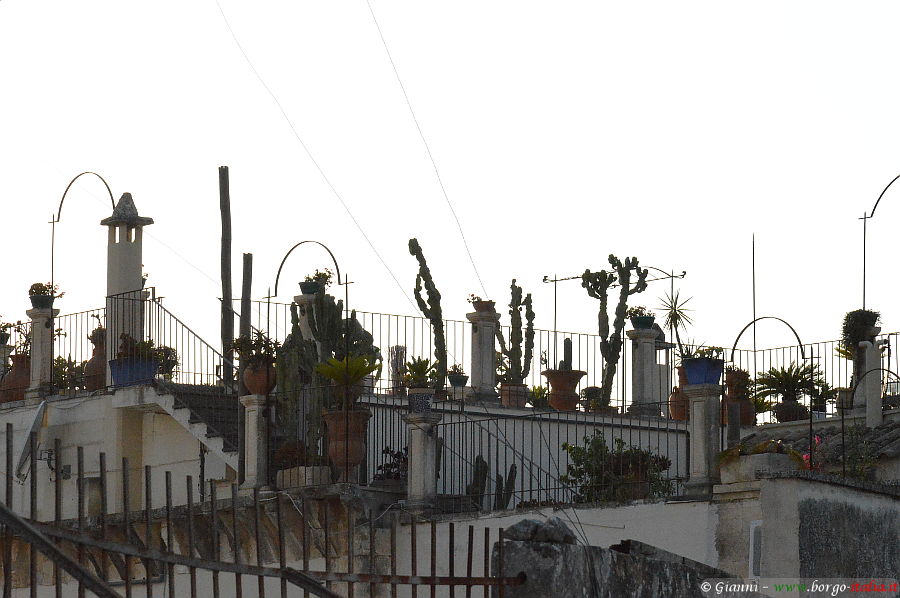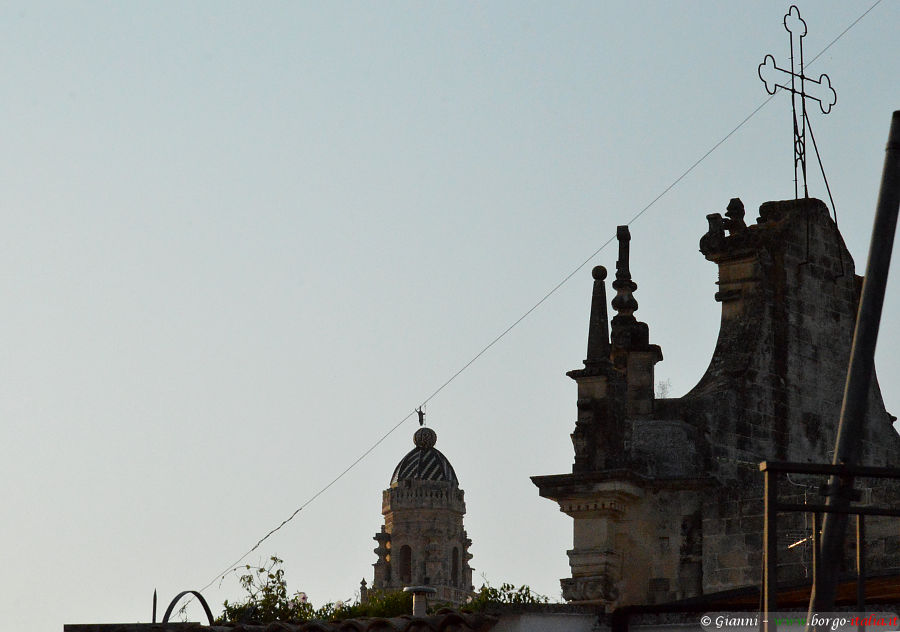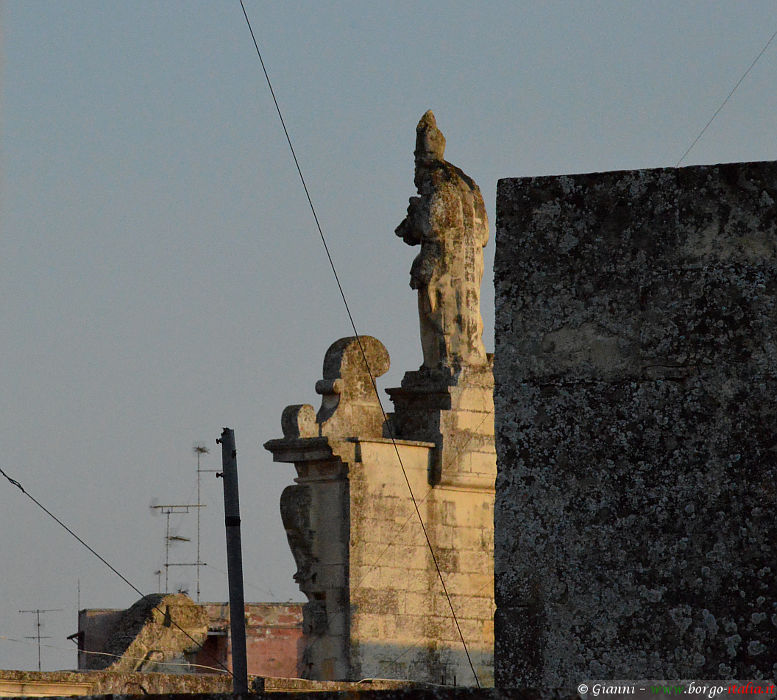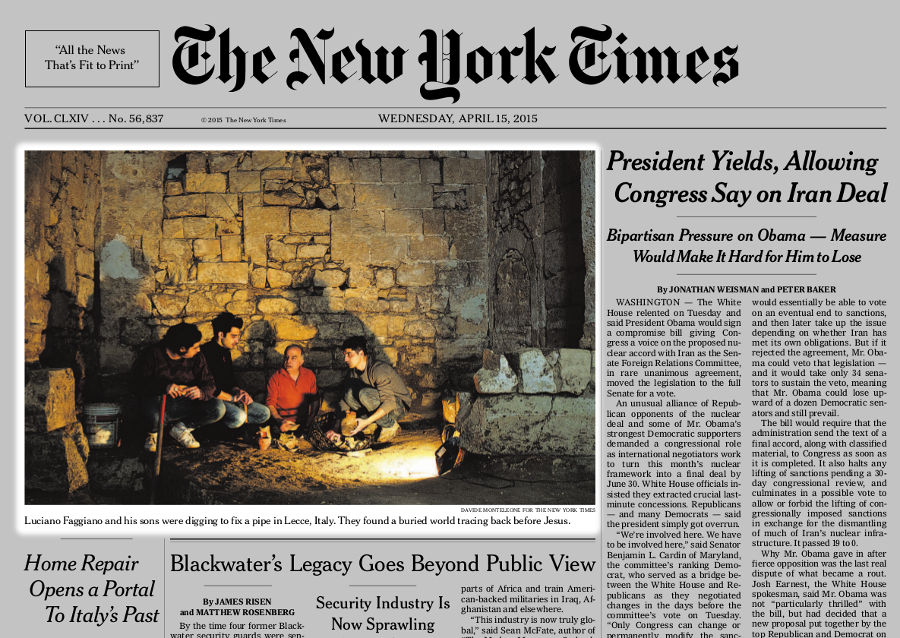|
Walking along one of the paved streets of Lecce to visit the castle of Charles V, we noticed, next to a simple house door, a sign indicating “Museo Archeologico Faggiano".
Intrigued, we decided to postpone the visit to the castle and enter the museum.
An excellent decision: we found ourselves in a location of extreme suggestion where the three floors of the house covered over 2000 years of history.
Also the famous "The New York Times" (No. 56,837 Wednesday, April 15, 2015), published a photo and an article about this very interesting museum. |
A bit history:
In 2001 Mr. Luciano Faggiano, owner of the building, decided to renovate the building in order to create a B&B.
Due to some water leaks, the works began with excavations to replace the old pipes. With great surprise, fragments of very interesting artifacts immediately emerged.
Under the supervision of the Archaeological Superintendence of Taranto the owner, an enlightened person, with the help of his children began the excavations until reaching, at about 25.4 ft below ground level, the rocky layer and finding the water of the river Idume, which flows below the house.
Here many finds have come to light (funerary wells, tracts of drains, floors etc.) attesting that, from the time of the Messapians (5th century BC), the various civilizations gradually succeeded one another in this place, up to tracks testifying the presence of the Knights Templar, and afterward a nunnery, closed between the 16th and 17th centuries.
The large spaces were then divided into small houses similar to the one we visited.
For more info:
Museo Faggiano
Via Ascanio Grandi, 56
Lecce (LE) - 73100
phone: (+39) 0832 300528
mobile phone: (+39) 360722448
e-mail: info@museofaggiano.it
www.museofaggiano.it
www.arte.it: museo faggiano
www.salentoacolory.it: i segreti del museo faggiano
Note:
River Idume:
Typical karstic phenomenon of the Salento, it is generated by underground springs.
According to folklore the river would flow just below the historic center of Lecce and would be visible from the depths of the ancient palaces: in particular from a cistern 25.4 ft deep in the Museo Faggiano and above all from the underground rooms of Palazzo Adorno, where the Jewish community that once lived here used to perform ritual ablutions in the clear waters of the river, as evidenced by the numerous inscriptions on the walls
|



